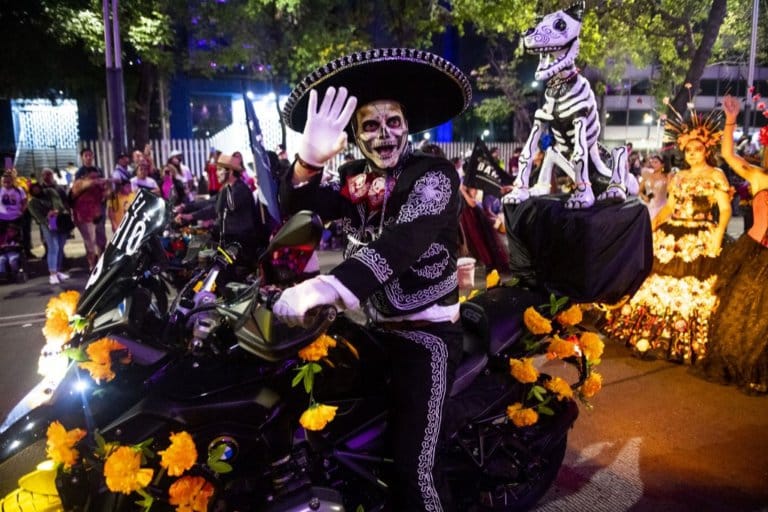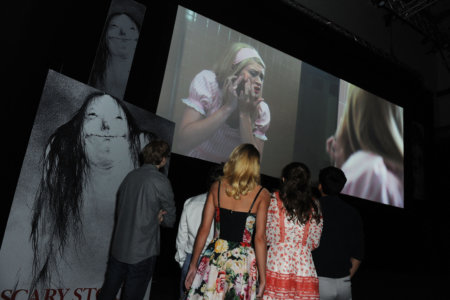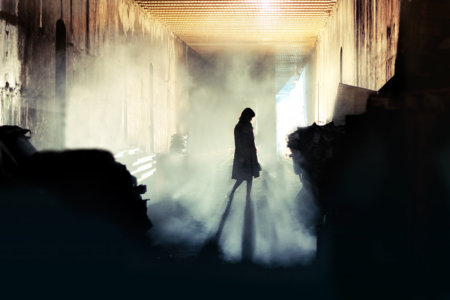
Boo! October 31st is looming — which means it’s that time of the year again when everyone gets all dressed up in their favourite costumes. For students, this makes for a fun-filled weekend of scares and Halloween celebrations.
Halloween didn’t begin as a reason to dress up and attend parties, though. Its traditions date back to an ancient Celtic festival where people would don costumes and light bonfires with the belief that it would scare off ghosts. As the years passed this turned into All Hallows Eve — a Christian night of vigil, prayer, and fasting to prepare for All Saint’s Day which falls on November 1.
Over time, Halloween evolved into the trick-or-treating, lantern-lighting, candy-filled and spooky holiday it is widely known for today. In the US, Halloween is one of the most commercial holidays of the year. Consumers spent around US$10.4 billion on costumes, decorations, treats, and other Halloween-themed expenses in 2021.
But what do Halloween celebrations look like around the rest of the world?
Though most popular in the US and Canada, Halloween has never been an exclusively American holiday. Many countries around the world, for example, observe holidays that celebrate departed loved ones. Although not technically the same as Halloween, they are often similar to the holiday and share common themes.
If you happen to be in one of these countries during Halloween this year, there are some interesting traditions you might come across.
Four examples of Halloween around the world:

Trick or treat involves children knocking on the doors of houses on Halloween and shouting `trick or treat’. Source: Amy Sussman / AFP
Ireland
Seeing as how the origin of modern-day Halloween celebrations traces back to the ancient Celts, it comes as no surprise that the Irish have their own unique way of celebrating the holiday. Halloween roots date back to Samhain, the ancient Gaelic harvest festival celebrated in Celtic countries, such as Scotland, Ireland, and Wales.
In Ireland, the day is still celebrated much as it is in the US. In rural areas, bonfires are lit as they were in the days of the Celts, and all over the country, children get dressed up in costumes and spend the evening “trick-or-treating” in their neighbourhoods.
After trick-or-treating, most people attend parties with neighbours and friends. Many games are played, including “snap-apple,” in which an apple on a string is tied to a doorframe or tree and players attempt to bite it.
For Americans, any kind of candy on Halloween will do. The Irish, however, deem not only the candy important, but include traditional food, as well. Usually this takes the form of barmbrack, a kind of fruitcake that can be bought in stores or baked at home.
Children are also known to play tricks on their neighbours, such as “knock-a-dolly,” a prank in which children knock on the doors of unsuspecting inhabitants but run away before it is opened.
Mexico
Mexico, Latin America, and Spain celebrate Día de Los Muertos, also known as the Day of the Dead. The Day of the Dead is arguably Mexico’s best-known festival — it even has a place on UNESCO’s Intangible Cultural Heritage of Humanity list.
Usually celebrated over two to three days, this celebration is designed to honour the dead, who are believed to return to their earthly homes to visit their families during this time. The Day of the Dead tends to begin on the evening of Oct 31st and goes on till Nov 2nd.
People in these countries often visit cemeteries and build altars with food, flowers and photographs of those who have passed away during this period. Candles and incense are burned to help the deceased find their way home. Some gatherings may include a mariachi band and a hearty celebration through the consumption of tequila.
While images of death are prominent, the Day of the Dead isn’t a scary or sad holiday — it’s a celebration of life, both past, and present. Halloween is to frighten away the evil spirits while the Day of the Dead mainly serves to honour, celebrate, and remember departed loved ones.

During the Hungry Ghost festival, the souls of the dead are believed to roam the earth and can get up to mischief if ignored. Source: Philip Fong / AFP
China
Though Halloween is not celebrated in China, the country does have its own equivalent of the Day of the Dead. Unlike Halloween, this celebration is held over the entire seventh month of the lunar calendar and is called “Ghost Month”. The Hungry Ghost Festival emerged out of this to pay respect to the spirits of the dead.
The Hungry Ghost Festival signifies the opening of the gates to the afterlife, allowing spirits to roam the Earth. Celebrated for over 100 years, many Chinese people believe that these spirits need to be appeased in order for them to pass by in peace.
As such, offerings such as food and drinks are left out for the ghosts. Many believe that during this time ancestors and deceased loved ones come back to check on their families. Because of this, offerings are left out for them as well, along with shrines or memorials in their honour.
On the streets, bonfires or incense are burned, and people light offerings or fake money for their passed loved ones to use in the afterlife.
Japan
If you find yourself in Japan during the summer you’ll experience the celebration of the Obon Festival.
This celebration usually lasts for four to five days around August 15 and is one of the most important family events throughout the year in Japan. Though quite different, the Obon festival is often compared to Halloween for its tradition of honouring and welcoming back the spirits of long-deceased ancestors.
During this time Japan suddenly turns tranquil, trains become empty, and cemeteries start blooming with flowers. Obon begins with the so-called mukaebi practice which is a welcoming fire. During this people make a small bonfire in front of their houses to guide spirits upon their return back homes. Fires are lit each night, and red lanterns are proudly displayed and even released into rivers and the ocean.









